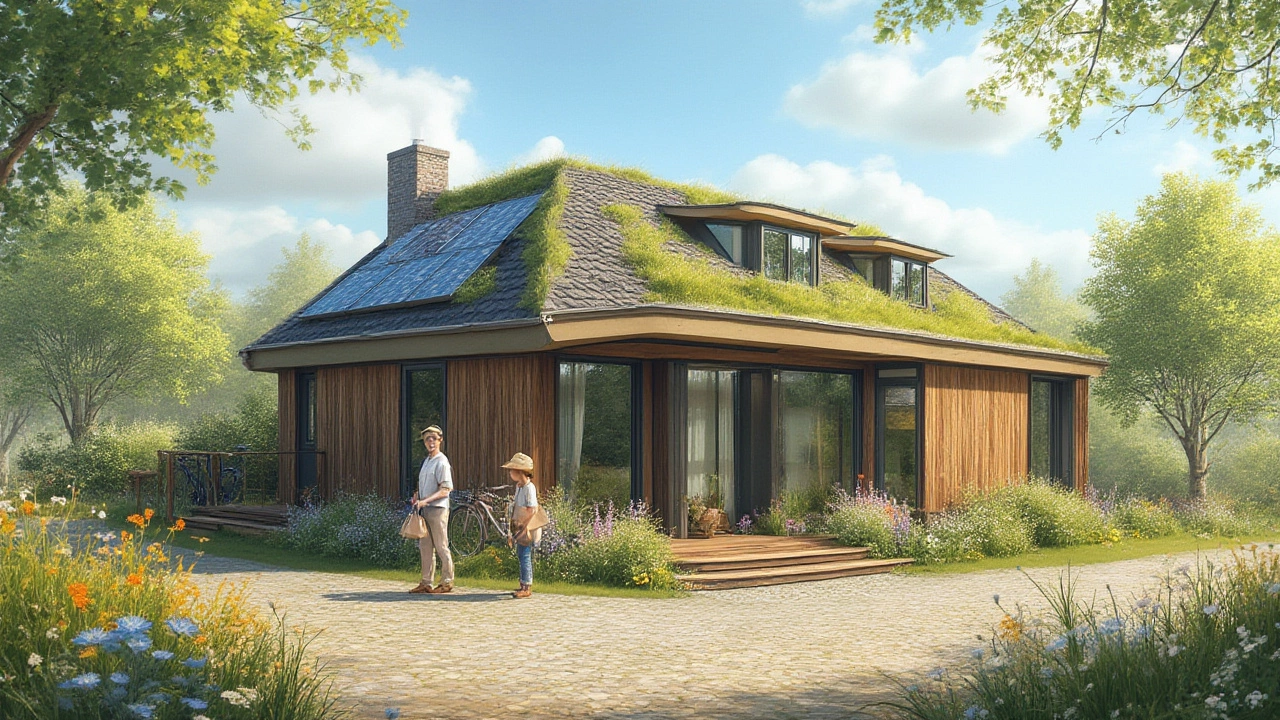Energy‑Efficient Homes: Simple Ways to Save Money and the Planet
If you’re planning a countryside getaway in Lancashire, you probably want a place that feels cozy without blowing your budget on energy bills. The good news is that making a cottage or lodge more energy‑efficient is easier than you think. Small changes like sealing drafts or swapping to LED bulbs can drop heating costs by up to 30 %. Below are the most useful upgrades you can tackle before you book or while you’re staying in a rental.
Start with the Shell: Insulation and Windows
Old stone cottages often have great character, but the walls can be a real source of heat loss. If you own the property, consider adding loft insulation – a 100 mm blanket of mineral wool costs about £100 and pays for itself in a winter. For renters, a removable insulated panel behind the back door does wonders. Windows are the next big leak. Simple weather‑stripping kits seal gaps for less than £20, and secondary glazing can be installed without permanent changes. Both steps keep warm air inside and cold air out, meaning your heating system doesn’t have to work overtime.
Upgrade Heating and Power Systems
Modern boilers and heat pumps are the gold standard for low‑energy homes, but they’re pricey. A more affordable swap is a programmable thermostat. Setting the temperature down an extra 1 °C when you’re out or sleeping can shave 5‑10 % off your bill. If you have a wood‑burning stove, use dry, seasoned logs – they burn hotter and produce less smoke. For electricity, replace incandescent bulbs with LEDs; they use a fraction of the power and last years longer.
Beyond the building itself, think about renewable energy options. Many Lancashire farms now offer community solar schemes where you can buy a share of the output. Even a small rooftop solar panel can offset the electricity used for lighting and gadgets, especially during the long summer days.
When you browse our lodge listings, look for keywords like “eco‑friendly,” “green building,” or “low‑energy.” Our “Eco‑Friendly Homes” post (ID 48333) explains which materials and designs truly qualify as sustainable. Choosing a property that already incorporates these features saves you the hassle of retrofitting and guarantees a greener stay.
Finally, keep an eye on daily habits. Turning off lights when you leave a room, using a kettle instead of the stove to boil water, and washing clothes on a low‑temperature cycle are tiny actions that add up. Combine them with the upgrades above, and you’ll notice a noticeable dip in energy use without compromising comfort.
Ready to book a greener getaway? Use our filters to find cottages with high‑efficiency insulation, solar panels, or modern heating. A little research now means lower bills and a lighter footprint during your Lancashire retreat. Enjoy the scenery, relax in a warm home, and feel good knowing you’re doing your part for the planet.

Eco-Friendly House Costs: What You Really Pay for Sustainable Living
Thinking of building or buying an eco-friendly house? Here's what you need to know about the real costs, hidden savings, and surprising facts about green homes in 2025.
Continue Reading